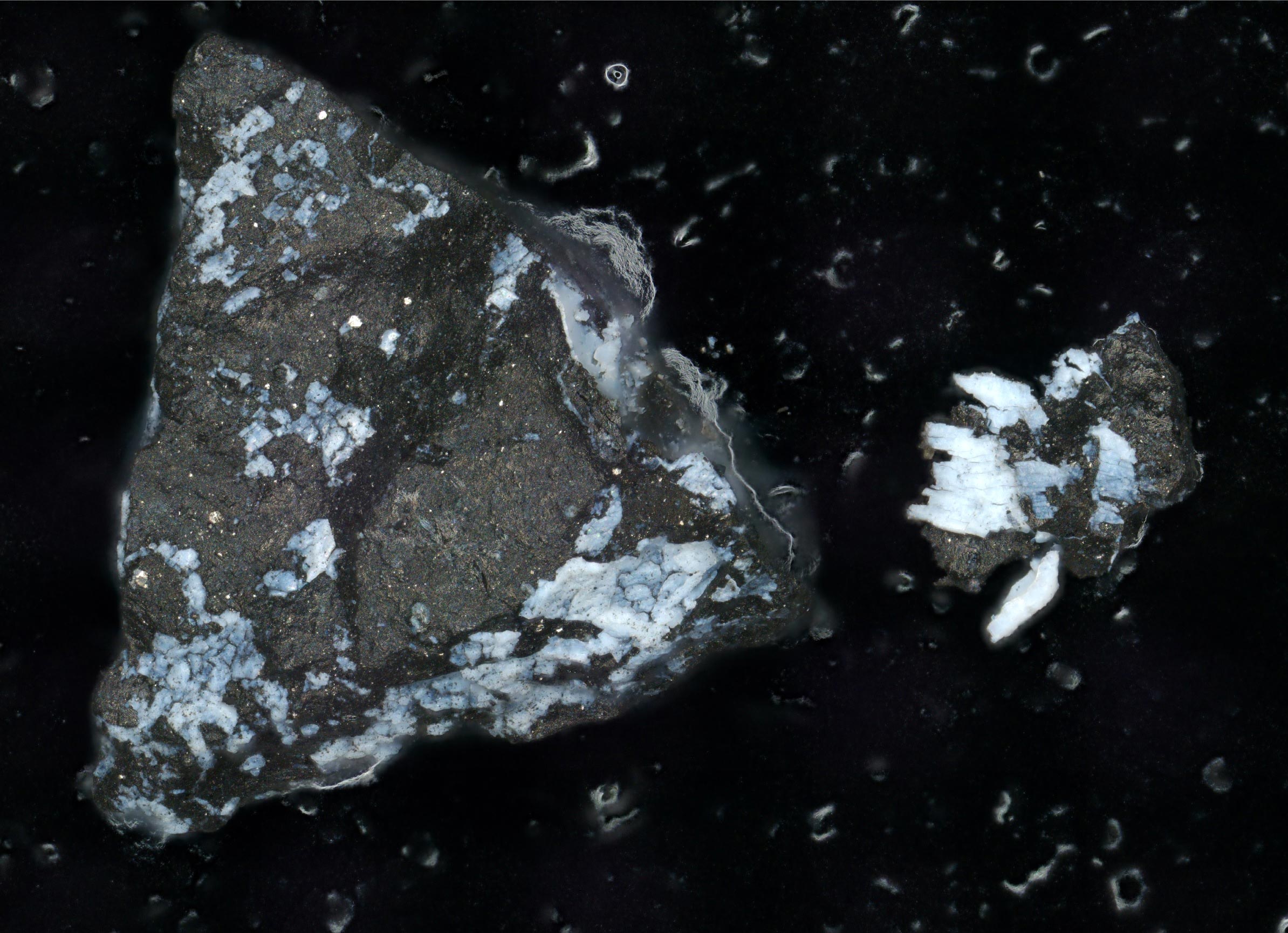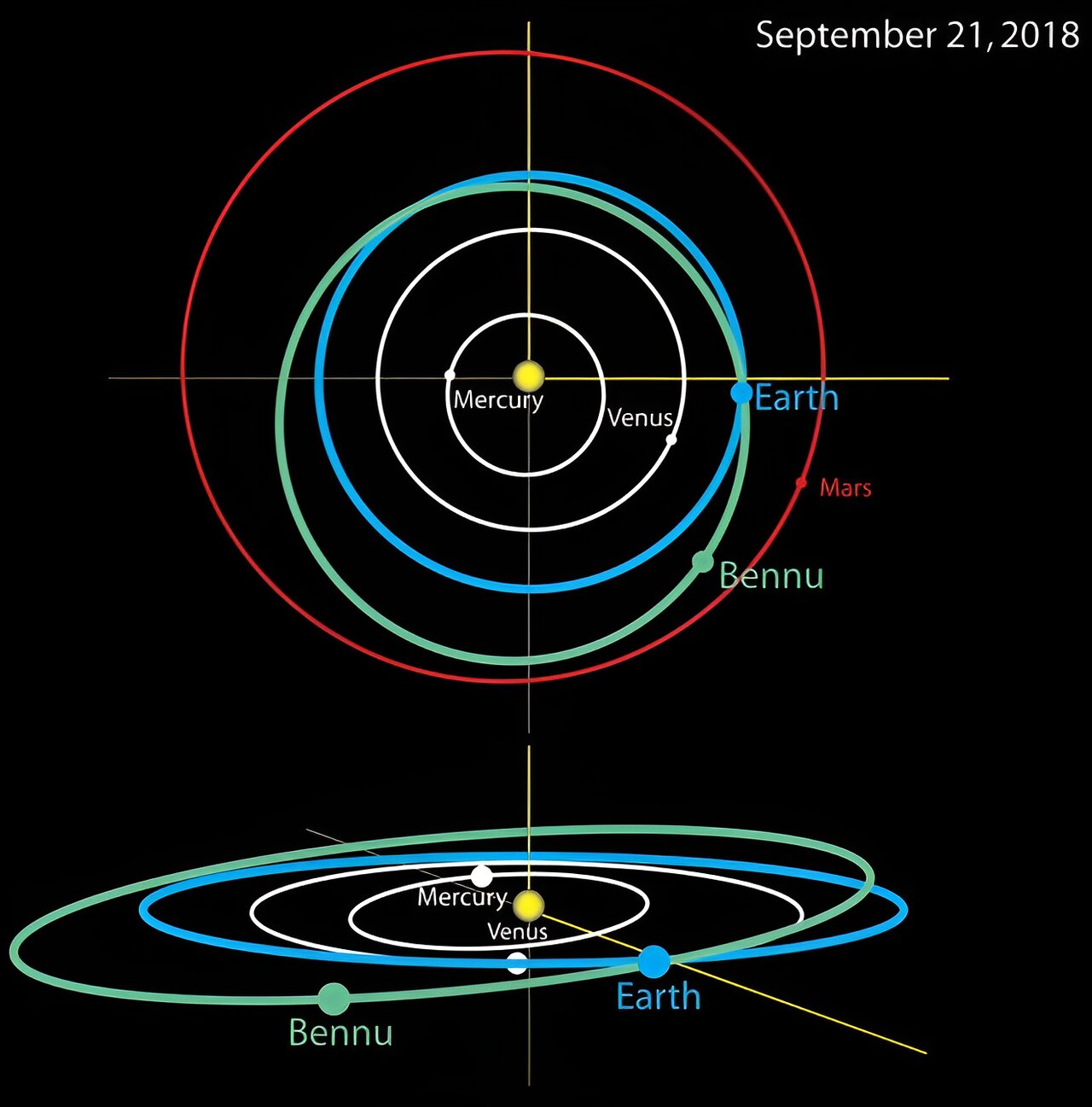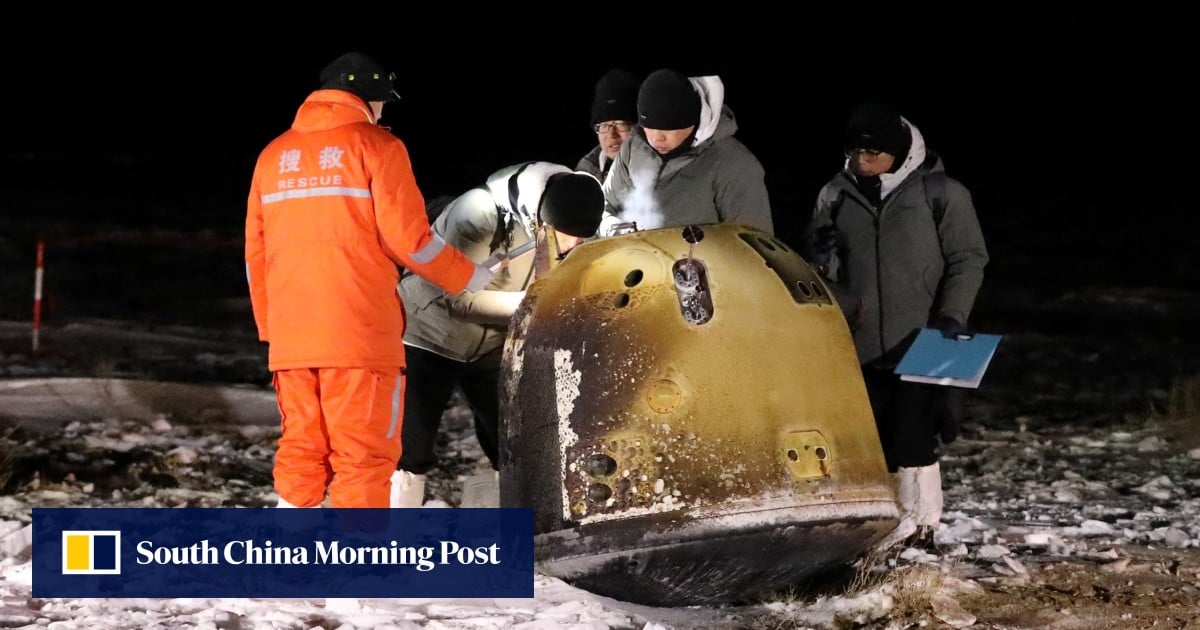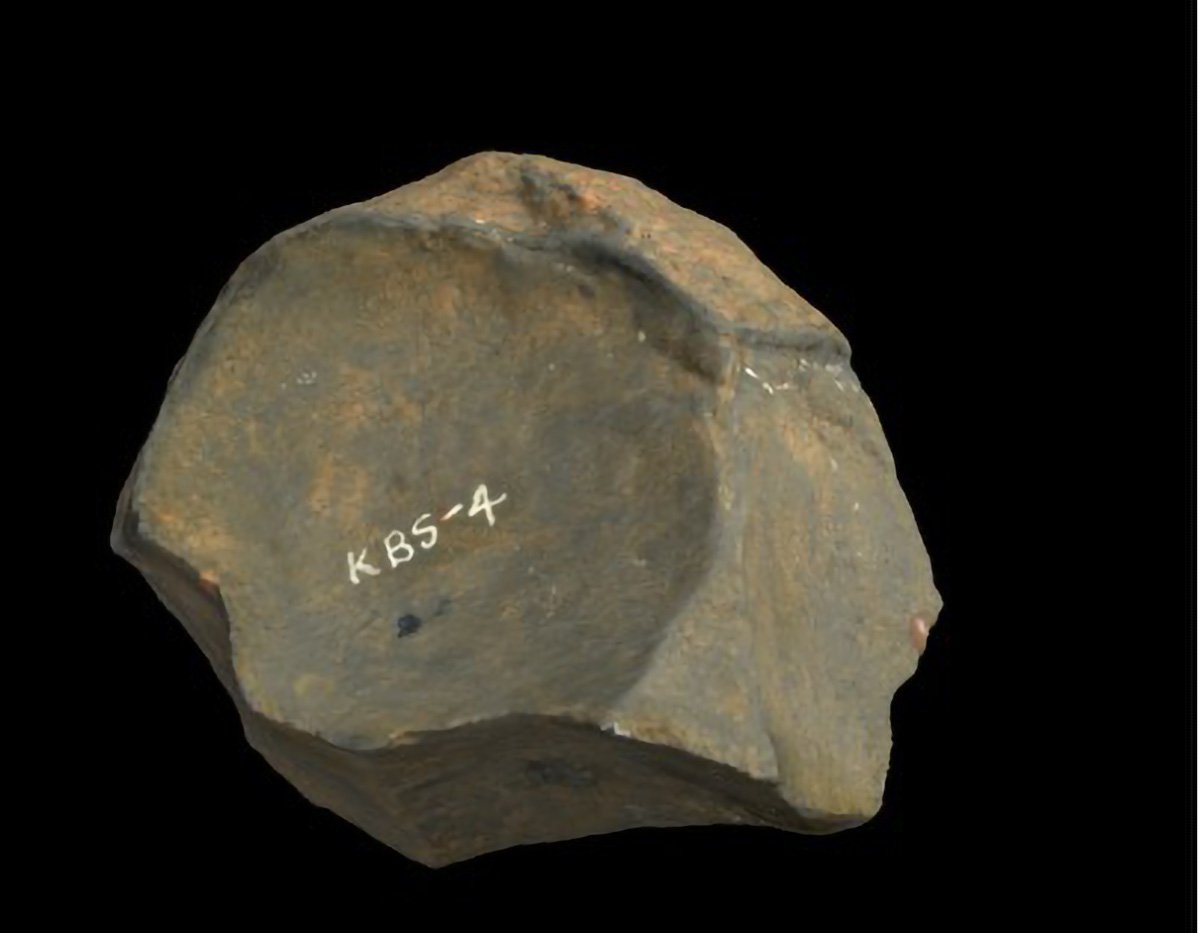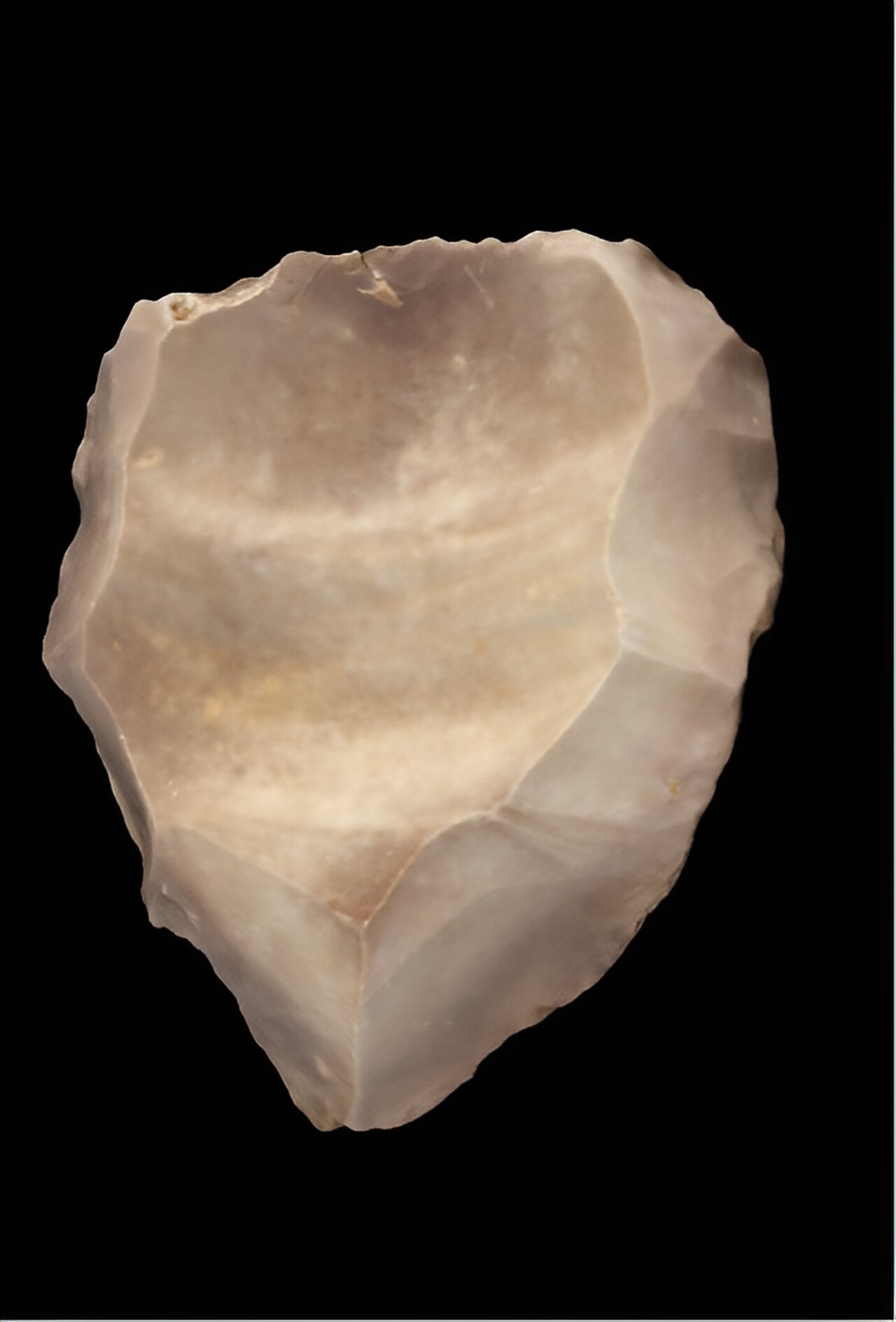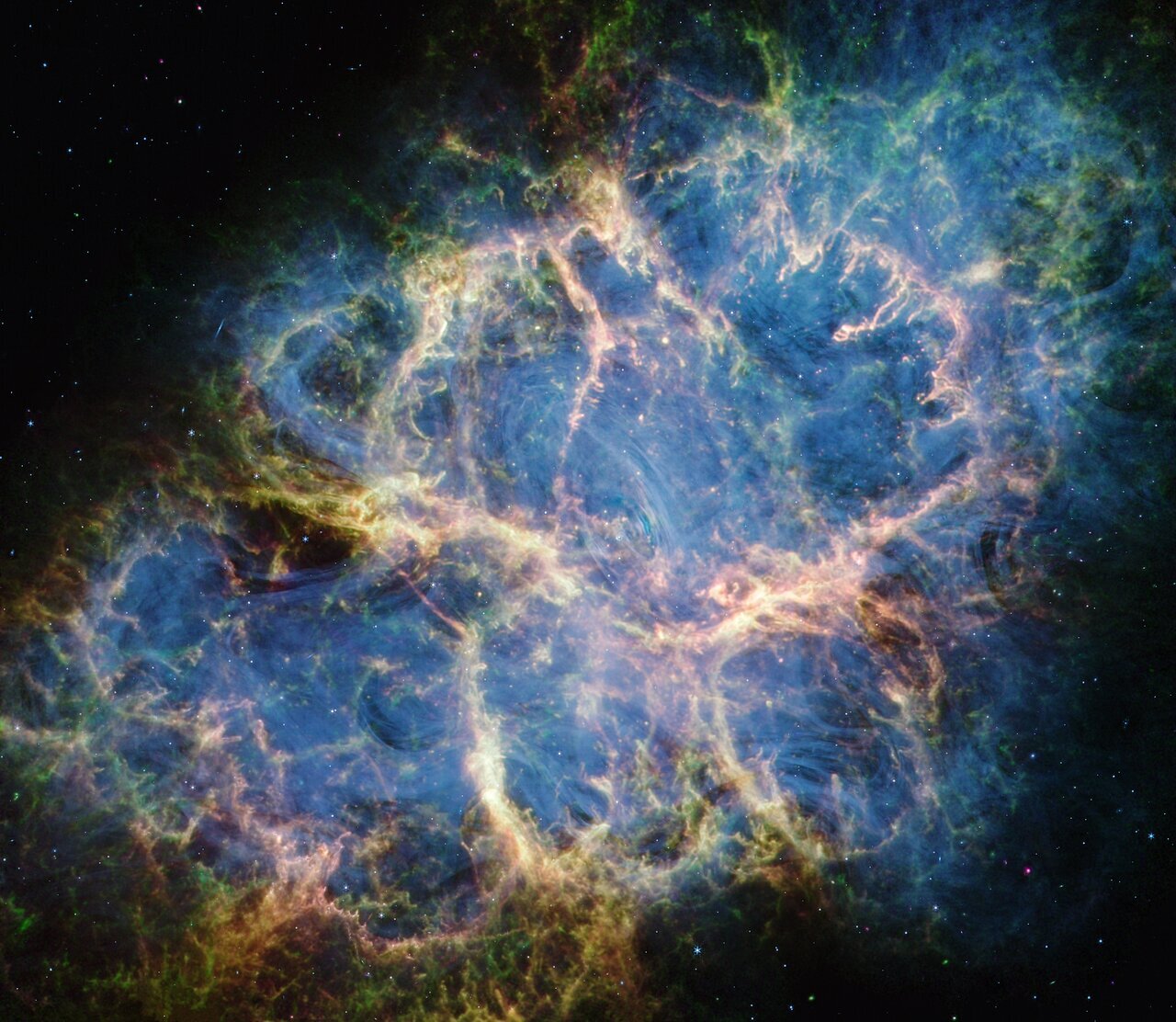Surprising Findings in NASA’s OSIRIS-REx Asteroid Sample: Could They Reveal the Origins of Life?
A micrograph of a dark Bennu particle, about a millimeter long, with a crust of bright phosphate. A smaller fragment that has broken off is visible on the right. Credit: From Lauretta & Connolly et al. (2024) Meteoritics and planetary sciencedoi:10.1111/maps.14227 Analysis of a sample from the asteroid Bennu has revealed essential components of life … Read more
